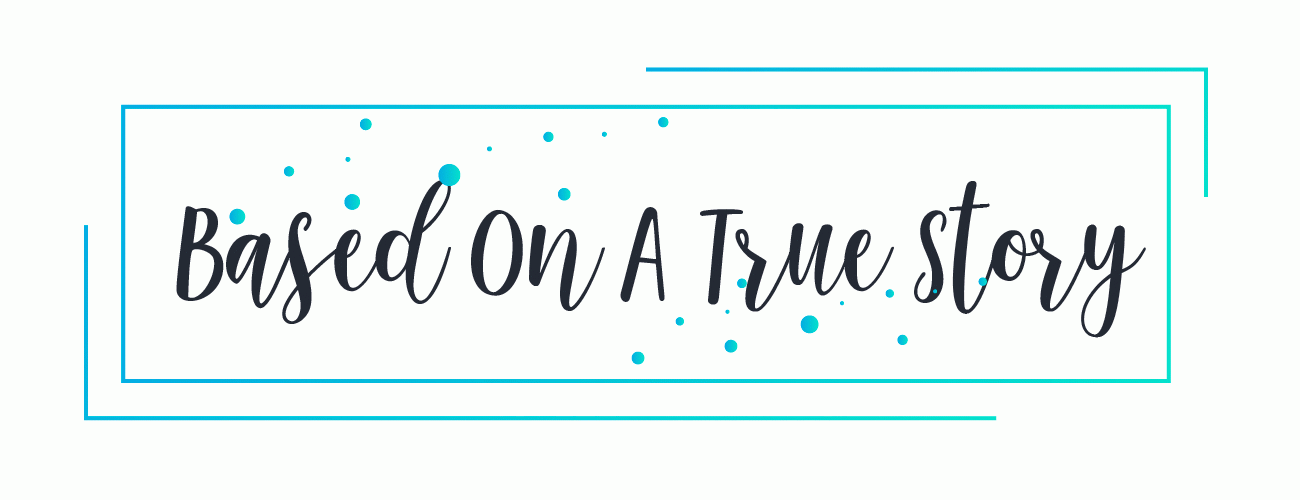
The Notebook
by Roland Allen, Roly AllenGenres: History / World, Social Science / Anthropology / Cultural & Social
Published on June 23, 2025
Pages: 416
Format: eBook
The first history of the notebook, a simple invention that changed the way the world thinks.
We see notebooks everywhere we go. But where did these indispensable implements come from? How did they revolutionize our lives? And how can using a notebook help change the way you think? In this wide-ranging history, Roland Allen reveals how the notebook became our most dependable and versatile tool for creative thinking. He tells the notebook stories of Leonardo and Frida Kahlo, Isaac Newton and Marie Curie, and writers from Chaucer to Henry James; shows how Darwin developed his theory of evolution in tiny pocket books and Agatha Christie plotted a hundred murders in scrappy exercise books; and introduces a host of cooks, kings, sailors, fishermen, musicians, engineers, politicians, adventurers, and mathematicians, all of whom used their notebooks as a space to think--and in doing so, shaped the modern world.
In an age of AI and digital overload, the humble notebook is more relevant than ever. Allen shows how bullet points can combat ADHD, journals can ease PTSD, and patient diaries soften the trauma of reawakening from coma. The everyday act of moving a pen across paper, he finds, can have profound consequences, changing the way we think and feel: making us more creative, more productive--and maybe even happier.
“Use it enough, and a notebook will change your brain.”
I carry a small (A6) notebook in my purse that I use to write down anything I need to – quotes I like, shopping lists, travel planning notes, quilt block sketches. It’s designed to be disposable. Anything important will eventually get moved to a more permanent home. I also have a notebook where I’m trying to do a cross between journalling and morning pages. That’s mostly an excuse to use my new fountain pens.
Having a system of notebooks is a pretty common thing for humans to do. But where did it start and how has this simple invention revolutionized the world?
Each chapter of this fascinating book looks at one hobby or profession and examines how it was changed by notebooks. It starts with art. When paper became readily available artists were able to practice sketching and composition. Paintings became more realistic leading to the changes seen in European art between the medieval and Renaissance periods.
At the same time, merchants in Florence and Venice started to use notebooks to develop a system of accounting that made them formidable. They could make a permanent record of transactions. It forms the basis of our modern accounting systems.
People started collecting quotes from books that they liked. Buying a whole book was expensive before printing presses but you could copy a passage and keep it. That wasn’t a new idea but it became common for a family to have a notebook (called a zibaldone) where they kept interesting things.
“The collection of quotations was not Erasmus’s invention: Pliny the Younger, fourteen hundred years earlier, had written that his uncle, Pliny the Elder, ‘never read without taking extracts, and used to say that there never was a book so bad that it was not good in some passage or another’.”
Some people today call zibaldones “commonplace books” but commonplace books were traditionally much more formal. They were school exercise books with extensive headings and structures.
“For them, the work of selection and copying was the very point, as it taught discrimination and trained the mind.”
They were supposed to be used for only collecting quotes on topics that they had preselected.
“Humanist common-place books reflected this, the headwords serving to limit the writer’s scope in a way that a zibaldone never had.”
Notebooks help us think in multiple ways. We can organize our thoughts, make lists for later, do math on the pages, take notes, etc.
“Certain kinds of thought – writing a novel, multiplying ten-digit numbers together, calculating a planet’s orbit – only became possible with these external tools and, that being the case, surely those indispensable things should share the credit with the brain?”
“Multiple studies have found that students who take lecture notes on laptops don’t learn as well as those who write with pen and paper. This is partly due to the distracting temptations offered by the internet, and partly because typing encourages verbatim note-taking, rather than paraphrasing, summarising and concept mapping, which are much more effective ways at encoding new information in the memory.”
I loved this book. It was a five star read for me. Each chapter was about a completely different subject all tied together by the notebooks that are used.
If you like the history of common objects this is a great book. If you don’t want to commit to reading the whole book right now, I found out about it through this interview with the author. It covers a lot of the topics in the book to give you an overview.
I’m definitely going to be getting a fancy notebook to start a formal zibaldone with the quotes that I want to keep.


I’ve been wondering about this book. I’m so glad to hear what you thought about it. I’m going now to see if I can find a copy myself…it sounds intriguing to me!
Thanks for the review, glad you liked the book!